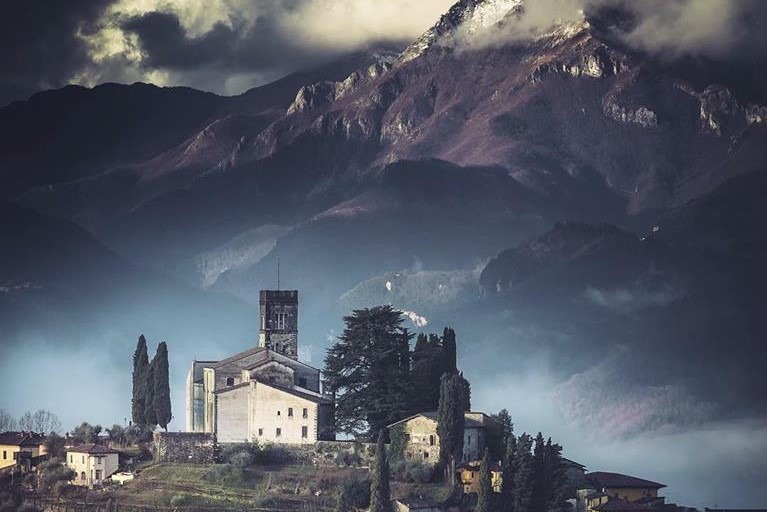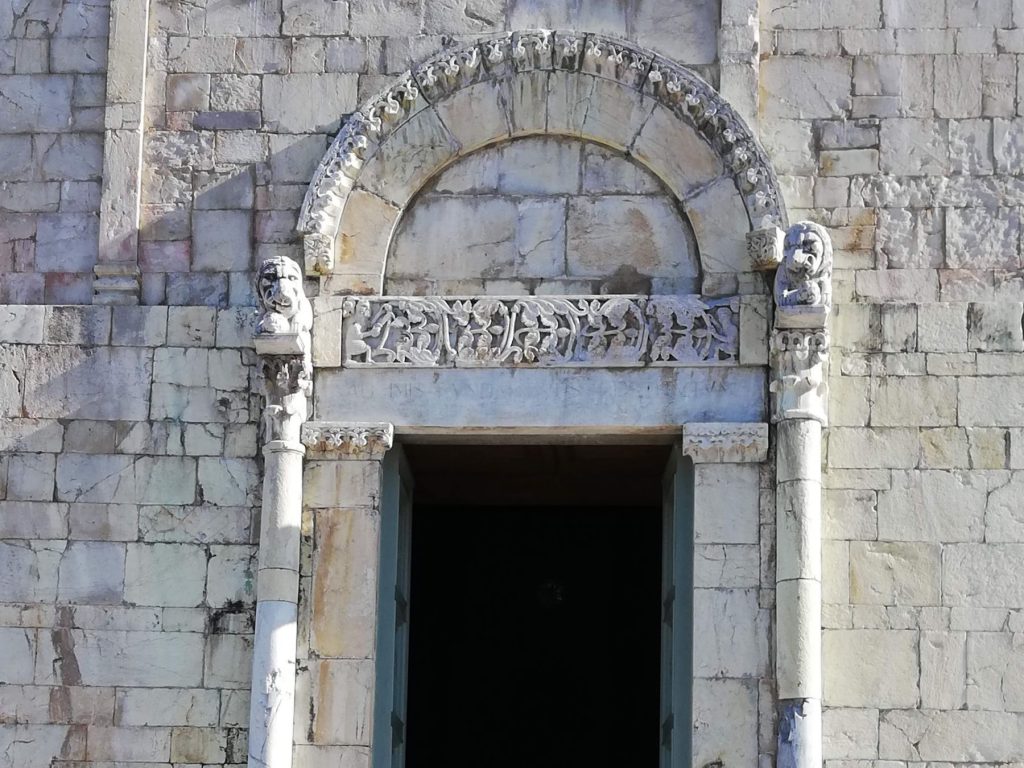In Tuscany alone there are officially 26 of the “Most Beautiful Villages in Italy” and the lovely Barga is one of them. This quaint, picturesque village is just 45 minutes north of Lucca in what is known as the Valle del Serchio (after the river Serchio) and the Garfagnana.

A Bit of History
The ancient people known as the Ligures originally populated this area and were later conquered by the Romans around 180 BC. After Roman domination, Barga was basically Lombard by the 10th century and many influences of the culture still remain today. By 1236, it was subordinate to Lucca and became a fortified city and a major producer of silk with its mills being powered hydraulically. It was part of the Florentine State for 600 years until the unification of Italy. In recent history, Barga was part of the Gothic Line in World War II.
Visiting Barga
Most of Barga’s architecture is considered medieval but there is also evidence of its glory during the Renaissance period. Two of the gates of the medieval city- Porta Reale and Porta Macchiaia– are still intact.
Its Duomo, the Collegiate Church of Saint Christopher, is a Romanesque church dating back to the 11th century with add-ons through the 19th century. It is striking because its facade is made of white marble with alabaster detailing. This is also the best place to get a fabulous view of the surrounding valley as well as the Apuan Alps including the Monte Forato mountain peak.

Palazzo Pretorio now houses the Civic Museum and is located by the Duomo in the large lawn surrounding the cathedral. There are three more churches that you need to see: the Church of San Francesco with works by the school of Andrea della Robbia; the Santissima Annunziata with a stunning cupola and frescoes; and the Santissimo Crocifisso where Franciscans took refuge during the plague.
A “Slow City”
The best way to visit this little village is simply by wandering! It is considered a “slow city” and also earned the prestigious orange flag from the Italian Touring Club. Every single turn is a photo-opp of a beautiful stone arch, a blooming balcony, a cat proudly perched in a windowsill, or a dazzling array of cured meats hanging at a butcher shop.
The aromas wafting through the air here have been virtually unchanged since the Middle Ages when the locals became very good at utilizing what Mother Nature gave them. Chestnuts and porcini mushrooms abound in the autumn and bread is often made with chestnut flour. Game such as wild boar is also common and served stewed with olives and herbs or as a pasta condiment. Farro is another common grain that has always thrived in this area even when there were shortages in the rest of Italy. Wines include Candia dei Colli Apuani DOC.
Interesting Tidbits about Barga
One of the greatest Italian poets of all time, Giovanni Pascoli (1855-1912), made his home in a village near Barga called Castelvecchio.
The American actress Susan Sarandon has recently traced her roots back to nearby Coreglia Antelminelli (just outside Barga). Sarandon’s great-grandfather was born here and she made a visit in 2017 and actually met a distant cousin!
If you happen to be visiting on the following days: November 10, 11, 12, or January 29, 30, 31 you can bear witness to an amazing celestial event! The phenomenon known as a “double sunset” takes place on these days each year. First, the sun sets behind an arch of Monte Forato and then, its rays burst through the open arch before a second sunset minutes later.


